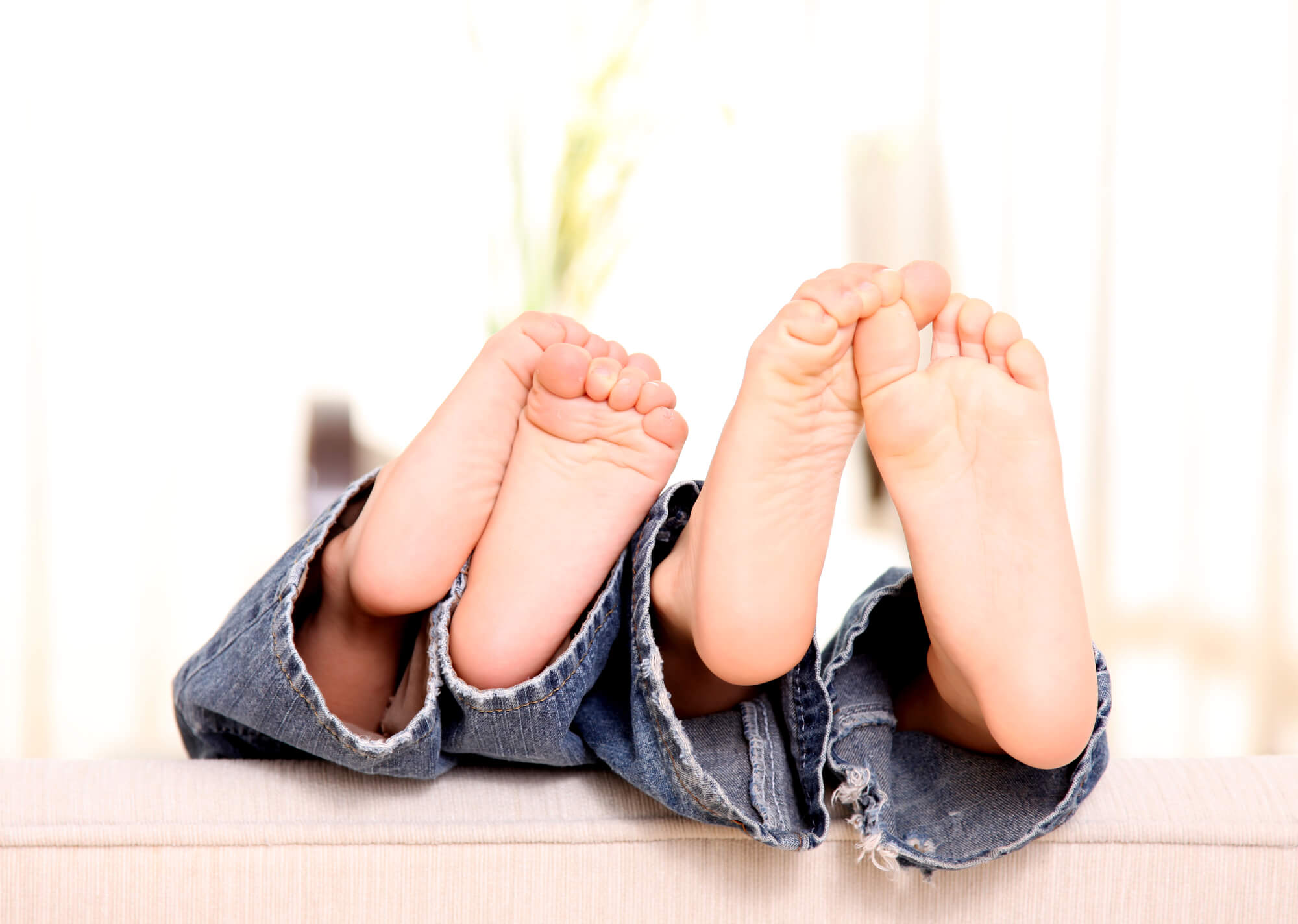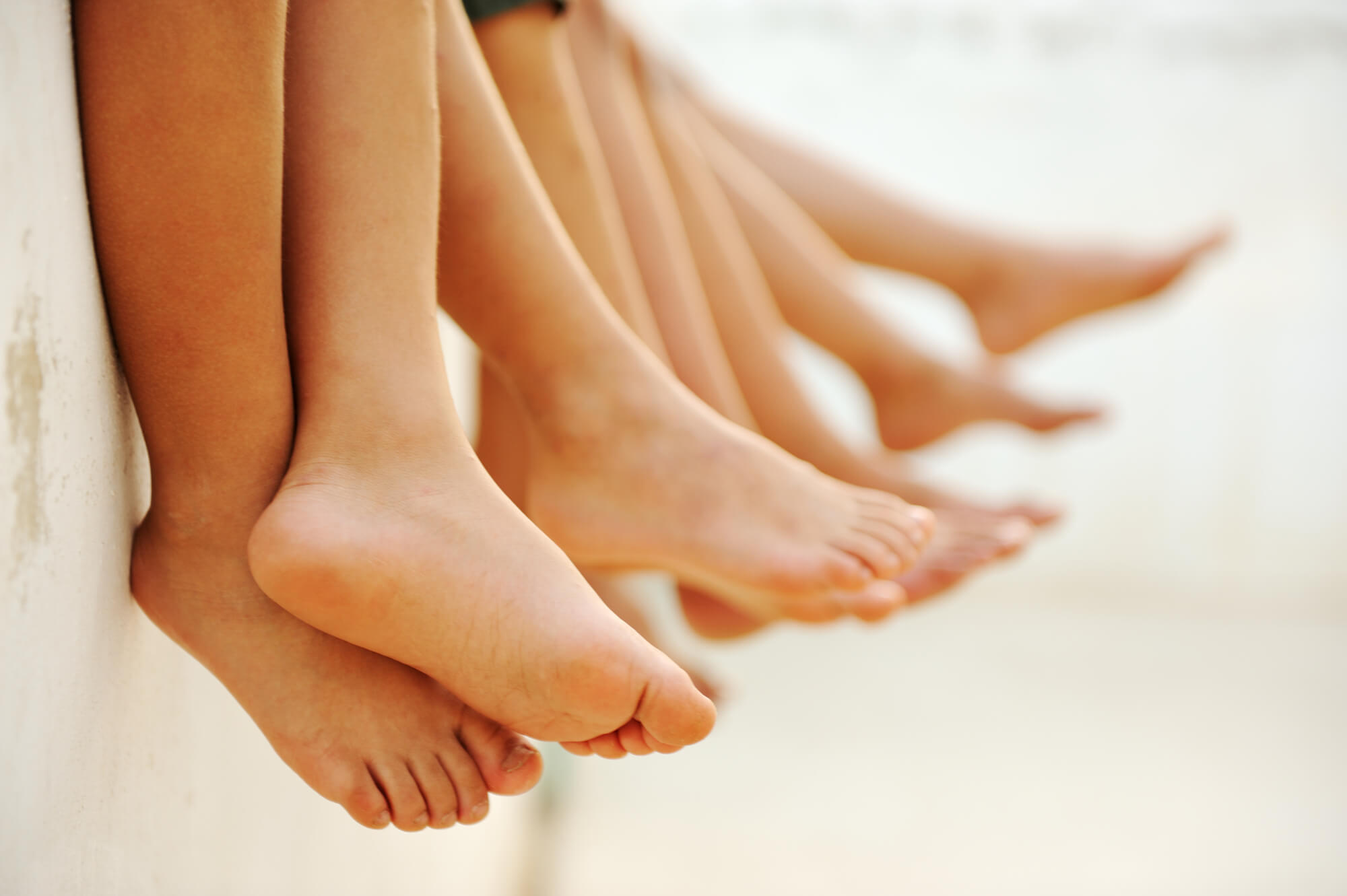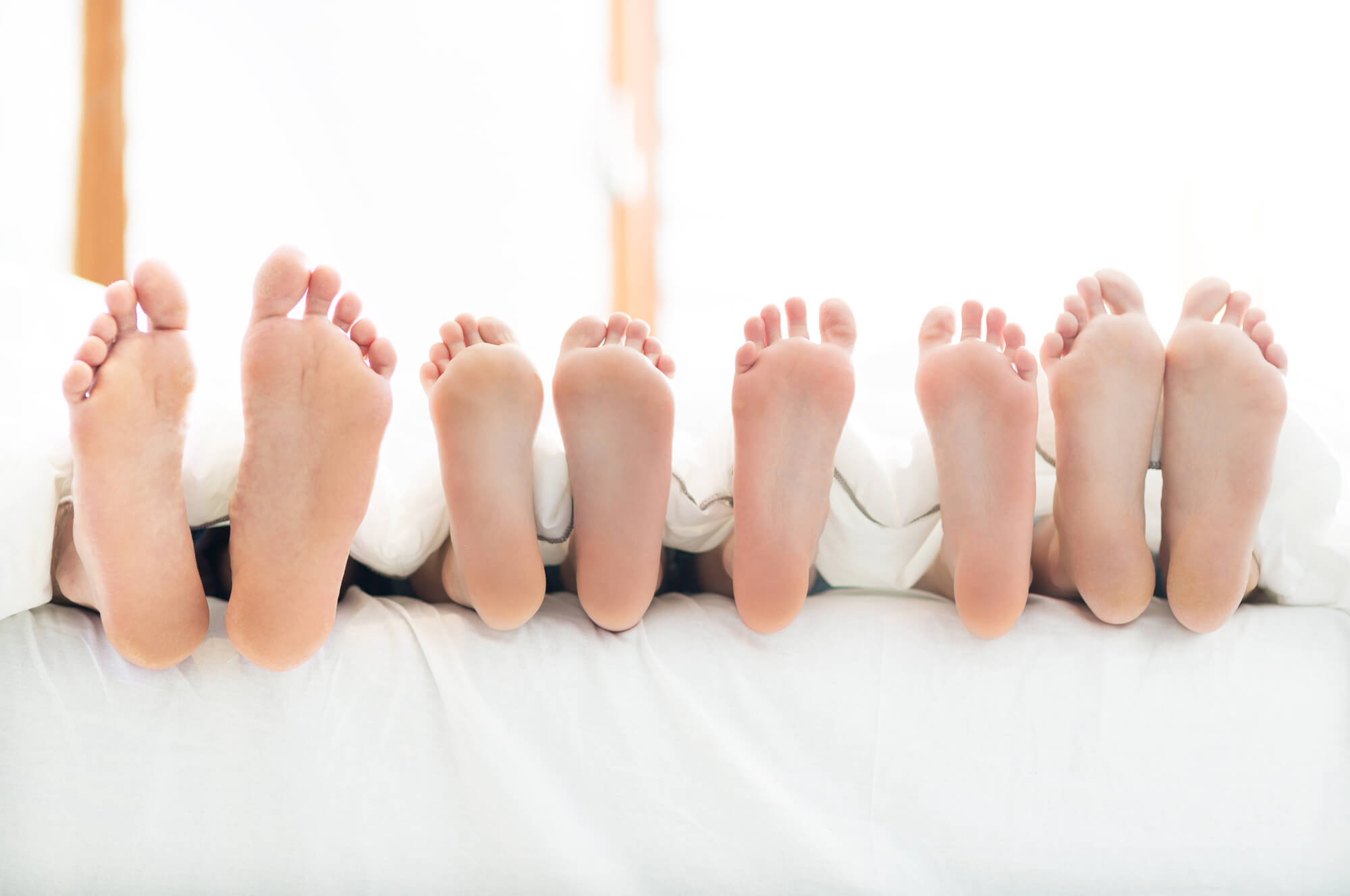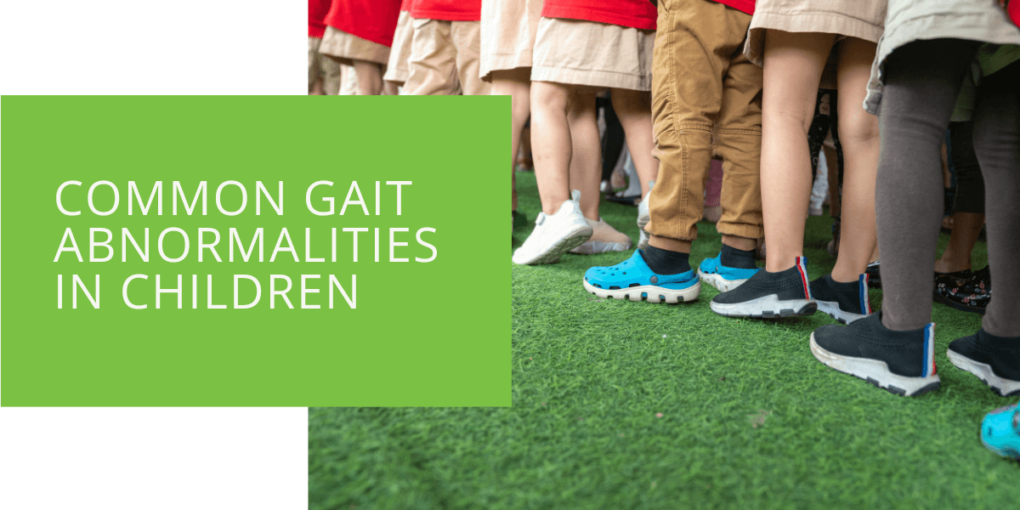Common Gait Abnormalities in Children and How to Address Them
Gait, or how a person walks, is an important aspect of a child's physical development. Normal gait development enables children to walk, run, and play easily and helps prevent future musculoskeletal problems. However, gait abnormalities, or deviations from normal walking patterns, can occur in children and may impact their mobility and development.
What Is Gait?
Gait refers to the movement of the limbs and trunk during walking. It coordinates multiple body systems, including the musculoskeletal, neurological, and cardiovascular systems. Gait abnormalities may be caused by problems with these systems and can manifest in various ways, such as a limp, uneven leg length, or abnormal walking patterns.
Importance of Normal Gait Development
Normal gait development is crucial for children as it enables them to engage in physical activities and play, which are essential for their overall physical, social, and cognitive development. Gait abnormalities can lead to functional limitations and may affect a child's ability to participate in activities and interact with peers. Gait abnormalities may also lead to musculoskeletal problems later in life if left untreated.

Types of Gait Abnormalities in Children
Toe Walking
Toe walking, also known as tip-toe walking, is a common gait abnormality in children. It is characterized by a walking pattern in which the child walks on their toes rather than on the balls of their feet. Toe walking may occur in children with cerebral palsy, spinal cord abnormalities, or developmental dysplasia of the hip (DDH). It may also be seen in children with hypermobility or just learning to walk.
Flat Feet
Flat feet, also known as pes planus, is a condition in which the arches of the feet are flattened, causing the entire sole to come into contact with the ground when standing. Flat feet are common in children and are usually not a cause for concern. However, treatment may be necessary if flat feet cause pain or difficulty with activities. Flat feet may be caused by genetics, obesity, or neurological conditions such as cerebral palsy.
Knock-Knees
Knock-knees, also known as genu valgum, is a condition in which the knees touch each other when the feet are together, but the ankles are apart. Knock-knees are common in children and usually resolve on their own as the child grows. However, if knock-knees are severe or cause pain, treatment may be necessary. Knock-knees may be caused by genetics, obesity, or conditions such as rickets or osteomalacia.
Bow Legs
Bow legs, also known as genu varum, is a condition in which the legs curve outward at the knee, causing the ankles to be farther apart than the knees when the feet are together. Bow legs are common in infants and usually resolve on their own as the child grows. However, if bow legs persist or cause pain, treatment may be necessary. Bow legs may be caused by genetics, obesity, or conditions such as rickets or osteomalacia. In some cases, bow legs may be caused by developmental dysplasia of the hip, in which the hip joint is not properly formed. Treatment for bow legs may include wearing braces or using orthotic devices to support the legs and improve gait. In severe cases, surgery may be necessary to correct the alignment of the legs.

Causes of Gait Abnormalities in Children
Genetics
Gait abnormalities can be inherited and passed down through families. Some genetic conditions that can cause gait abnormalities in children include cerebral palsy, muscular dystrophy, and Down syndrome. Genetic testing may be necessary to determine the cause of a gait abnormality in a child.
Neurological Conditions
Conditions that affect the brain and nervous system, such as cerebral palsy, spinal cord abnormalities, and developmental dysplasia of the hip (DDH), can cause gait abnormalities in children. Cerebral palsy is a condition that affects muscle tone, movement, and coordination and is caused by a brain injury or abnormal brain development. Spinal cord abnormalities, such as scoliosis or spina bifida, can also cause gait abnormalities. DDH is a condition in which the hip joint is not properly formed and can cause abnormal gait in children.
Musculoskeletal Problems
Problems with the muscles, bones, or joints can also cause gait abnormalities in children. These may include leg length discrepancies, tibial torsion, and developmental dysplasia of the hip (DDH). Leg length discrepancies occur when one leg is shorter or longer than the other and can cause an abnormal gait. Tibial torsion is a condition in which the tibia (shin bone) is twisted and can cause the feet to point in or out when walking. DDH, as mentioned earlier, is a condition in which the hip joint is not properly formed and can cause abnormal gait in children.

How to Address Gait Abnormalities in Children
Seeking Medical Evaluation and Treatment
If you suspect your child has a gait abnormality, it is important to seek medical evaluation and treatment. A pediatrician or a podiatrist, a medical doctor specializing in the care of the feet, can diagnose the cause of the gait abnormality and recommend treatment options. Treatment may include medications, braces, physical therapy, or surgery, depending on the cause of the gait abnormality.
Wearing Appropriate Shoes
Wearing appropriate shoes can help to support the feet and improve gait in children with flat feet or tibial torsion. Shoes with good arch support and proper heel control can help to reduce the risk of falls and improve walking stability in children with flat feet. Shoes with a straight last (the shape of the inside of the shoe) can help to align the feet and improve gait in children with tibial torsion. It is important to have your child's feet measured by a shoe specialist to ensure that they wear the correct shoe size and type.
Using Orthotic Devices
Orthotic devices, such as insoles or arch supports, can help to correct gait abnormalities in children. Orthotic devices can be prescribed by a podiatrist or other medical professional and can be used to support the feet, ankles, or legs. Orthotic devices may be recommended for children with flat feet, tibial torsion, or leg length discrepancies to improve walking stability and reduce the risk of falls.
Physical Therapy
Physical therapy is a type of treatment that uses exercises and techniques to improve muscle strength, flexibility, and mobility. Physical therapy can be effective in improving gait abnormalities in children by helping to correct muscle imbalances and improve coordination and balance. A physical therapist can design a customized treatment plan for a child with a gait abnormality, including exercises to strengthen specific muscles, stretching, and balance training. Physical therapy can be combined with other treatments, such as orthotic devices or medications, to improve gait in children.
Conclusion
Gait abnormalities in children can significantly impact their mobility and development. It is important to address gait abnormalities as early as possible to prevent functional limitations and musculoskeletal problems later in life. Seeking medical evaluation and treatment, wearing appropriate shoes, using orthotic devices, and participating in physical therapy can all help to improve gait in children and support their overall development.
If you suspect your child has a gait abnormality, it is important to consult a medical professional to determine the cause and receive appropriate treatment. A pediatrician or podiatrist can help diagnose and treat children's gait abnormalities and improve their walking patterns and mobility.

